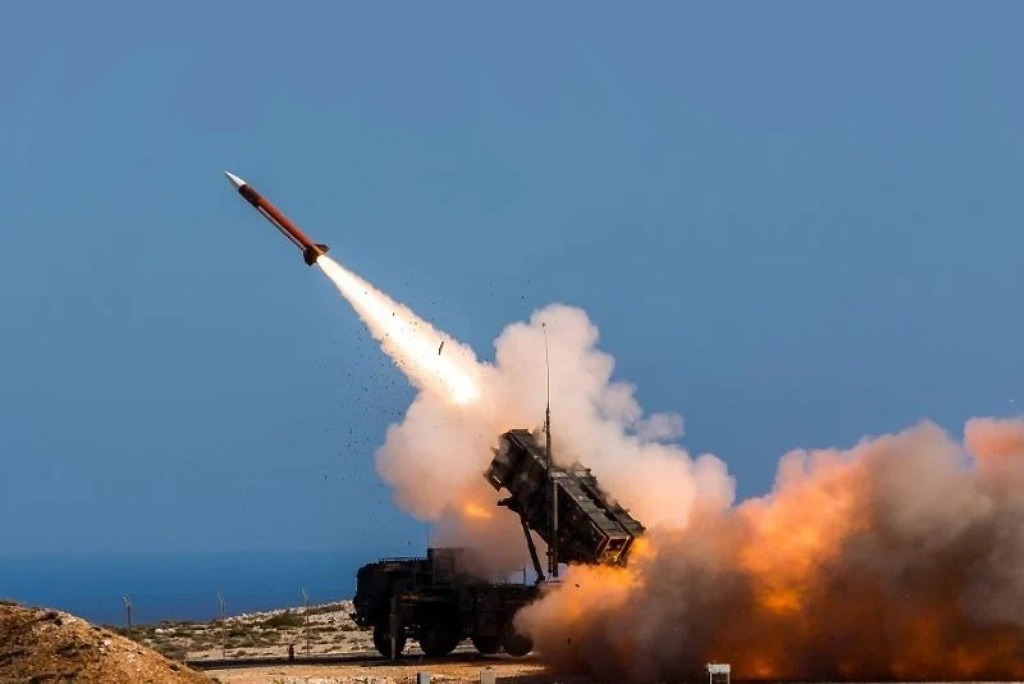Navigating the Challenges of AI Implementation in Military Operations
The Department of Defense (DoD) is swiftly advancing its efforts to integrate artificial intelligence (AI) across various military levels, from overarching command structures down to frontline tactics. However, the successful deployment of autonomous AI agents is impeded by a fundamental issue: the absence of a robust trust framework and operational oversight. Experts in AI and former military intelligence officers have flagged these challenges in a recent comprehensive report.
The Imperative of Trust in AI Systems
As adversaries rapidly enhance their use of commercial AI technologies, the urgency for the U.S. military to establish reliable AI systems grows. The emergence of “algorithmic warfare”—where algorithms and AI systems play pivotal roles in conflict—poses significant threats if the DoD fails to build a trustworthy environment.
Key Concerns:
- Insight Gaps: Traditional military systems often lack real-time data analysis capabilities, which are crucial for swift decision-making in fast-paced operations.
- Trust Deficits: Many existing AI systems function as “black boxes,” offering little transparency into their decision-making processes. This obscurity can severely limit commanders’ ability to verify recommendations, resulting in dangerous delays and potentially flawed operational decisions.
Lisa Costa, a former Chief Technology and Innovation Officer for the U.S. Space Force, emphasizes this tension: commanders face an untenable dilemma between acting rapidly and ensuring the reliability of AI outputs. If they cannot trust the data provided by AI systems, it jeopardizes mission success.
Enabling True Autonomy
Effective military AI systems cannot remain confined to centralized infrastructures. According to the report, AI capabilities must extend from command centers to frontline operators in environments that may lack connectivity. Building a robust framework allows these systems to operate autonomously in varied and unpredictable circumstances.
Derek Britton, a Senior Vice President at Seekr, notes that the goal should be to establish “agentic processes” that leverage enterprise capabilities while enabling seamless deployment to ground units. This transition requires continuous integration of AI at all levels, ultimately shifting control from centralized systems to frontline decision-makers.
Facing Algorithmic Warfare and Its Implications
The evolution of warfare increasingly centers on algorithmic superiority. Adversaries can target U.S. capabilities in real-time, leading to a race where algorithms become direct competitors. The doomsday scenario of fragmented or isolated AI tools lacking cohesive frameworks is one that could leave the DoD vulnerable.
John Chao, an expert in federal products at Seekr, warns against constraining military efforts to disparate AI solutions. A cohesive platform that integrates and manages AI tools can enhance adaptability and responsiveness, ensuring that U.S. forces maintain a strategic edge.
Actionable Recommendations for Defense Leaders
To capitalize on AI’s potential, military leaders must take decisive action. The following principles can guide effective AI integration:
- Data Transparency: Adopt frameworks that offer clear visibility into algorithms and data processes, fostering confidence in AI-generated recommendations.
- Explainability and Correctability: Develop systems that allow commanders to understand AI logic deeply and rectify any inaccuracies quickly.
- Continuous Improvement: Embrace an adaptive approach to AI training and development, ensuring relevance in changing operational contexts.
- Operational Agility: Leverage pre-built, transparent AI solutions that address immediate, critical challenges without compromising safety.
The report also outlines the impressive efficacy of Seekr’s AI-Ready Data Engine, which automates data preparation with a speed and cost-efficiency that can significantly enhance military operational capacity.
The Path Forward: Embracing a Platform-Based Approach
Achieving a commanding AI advantage demands a strategic pivot in how military leaders approach technology integration. Transitioning toward unified, platform-centric solutions can better equip the DoD to face modern threats. As adversaries continuously exploit advancements in AI, U.S. defense leaders must prioritize transparency, strategic orchestration, and trust to ensure that AI serves as an ally on the battlefield.
For further insights, the full report, “The AI Control Advantage: Trusted Autonomy, on Your Terms,” provides an exhaustive analysis of these challenges and recommendations. Engaging with such resources can empower defense leaders to navigate the complex landscape of military AI effectively.
In this rapidly evolving domain, success will require not only technological investment but also a profound commitment to establishing the foundational trust required for AI systems to function effectively in high-stakes environments.





